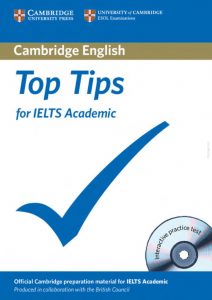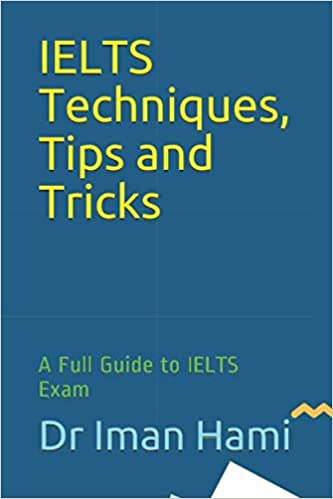Tips for preparing IELTS Writing
Since this paper is divided into Task 1 and Task 2, which test different skills, the following tips also target the two tasks separately.
Task 1
Task 2
◊ Familarise yourself with the different types of visual
Task 1 requires the candidates to analyse and describe different types of visuals, e.g. a line graph or a table. Since you do not know which type you will see on the day of the test, be prepared for all types. Study the past questions and sample answers. If time allows, practice writing for all types. Be aware that IELTS tests exam skills as well as language skills. Knowing the structure and exact language used for describing a certain type of diagram enables you to give a quality answer in a shorter time.
◊ Analyse before writing
One of the most common mistakes made by IELTS candidates is that they answer the questions without first analysing them. If you miss out our some key information, you may misinterpret the question and end up using valuable time revising the answer. Start with a deep breath and read the text carefully to see how it relates to the images. Understanding the link between the text and images will help you craft a more descriptive answer.
◊ Begin with an introduction and end with a conclusion
The first, introductory paragraph should be only ONE sentence. Here, remember the WHAT-WHERE-WHEN logic: the intro should say WHAT the graph illustrates, as well as WHERE and WHEN the data are set. Usually, some or all of this information can be found in the topic. However, remember to avoid using the exact wording. It is better to paraphrase or use synonyms. After writing two or more body paragraphs, write a conclusion. It can be one sentence long, but it needs to summarise your passage. Like the introduction, try to paraphrase and vary the sentence structure. Good and clear writing will demonstrate your mastery of grammar and range of vocabulary.
◊ Mention only important features
Focus on the data related to the question. You may need to analyse the data by providing a summary, comparison or trend. You will be assessed by your ability to group data from graphs and tables. Practice this by looking for similarities, maximums, minimums, and data points in graphs and tables.
Unlike Task 2, you do not need to generate ideas or give explanations. Just describe the data provided.
◊ Time management
The Task 1 answer should take you no more than 20 minutes. Do not overrun or you will lose time for the more important Task 2. Moreover, remember that you need time for planning and proofreading.
Resources:
- https://ieltsonlinetests.com/writing-tips/4-tips-improve-ielts-score-ielts-writing-task-1
- https://www.ieltspodcast.com/academic-task-1/writing-tips/
- https://ielts.idp.com/prepare/article-ielts-writing-task-2-8-steps-to-band-8
- University of Cambridge ESOL Examinations. (2009). Top Tips for IELTS Academic.
- Hami, I. (2021). IELTS Techniques, Tips and Tricks.


